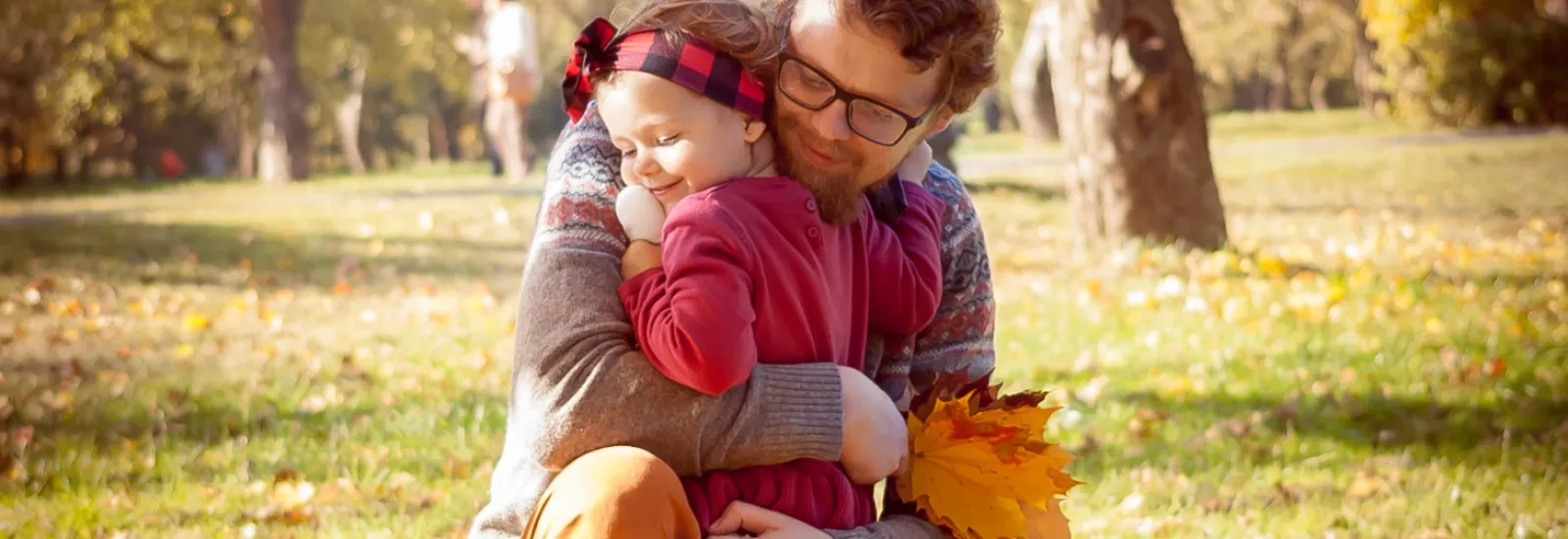
Fall seasonal allergies: Your 3-step plan to gear up now
While most spring allergies are caused by pollen from budding grass weeds trees and plants fall seasonal allergies are most often caused by ragweed a plant which usually blooms in mid-August.
Here's a three-step guide to beat the effects of fall allergies: 
1. Make an appointment with your primary care physician
The perfect time to discuss your allergies and decide whether to see an allergy specialist is now before allergies hit you square in the nose. Make this appointment before allergy season so you have time to fill any new prescriptions try allergy shots or take other steps. Either way be prepared to discuss your specific symptoms and have personalized questions ready using the examples from this Medline Plus list to get the most out of your allergy appointment.
2. Sign up for allergy alerts
Sign up now for free allergy alerts. There are many services on the internet that provide emails or information sent to your phone that will prepare you for an increase in allergen levels. Allergy alerts can be helpful for planning your daily and weekly activities once fall allergy season hits.
3. Stock up on supplies to make breathing easier later
Consider investing now in a high-efficiency particulate air (HEPA) filter to clean the air of pollen and other allergy-causing particles in your bedroom or even your whole house. Another helpful item is a vacuum cleaner with a HEPA filter to trap allergens from the floor and upholstery in the filter while vacuuming. This prevents airborne allergens that trigger your allergy symptoms. Order some special masks if you work outside in the yard mowing raking or gardening during the fall. The ACAAI suggested you choose a National Institute of Occupational Safety and Health (NIOSH) mask with a 95 rating.
And if you haven't done this already set a 24/7/365 "shoes-off-at-the-door" policy at home to avoid tracking in dirt and allergens from outdoors that can make your seasonal allergies even worse.
Image source: Pixabay

